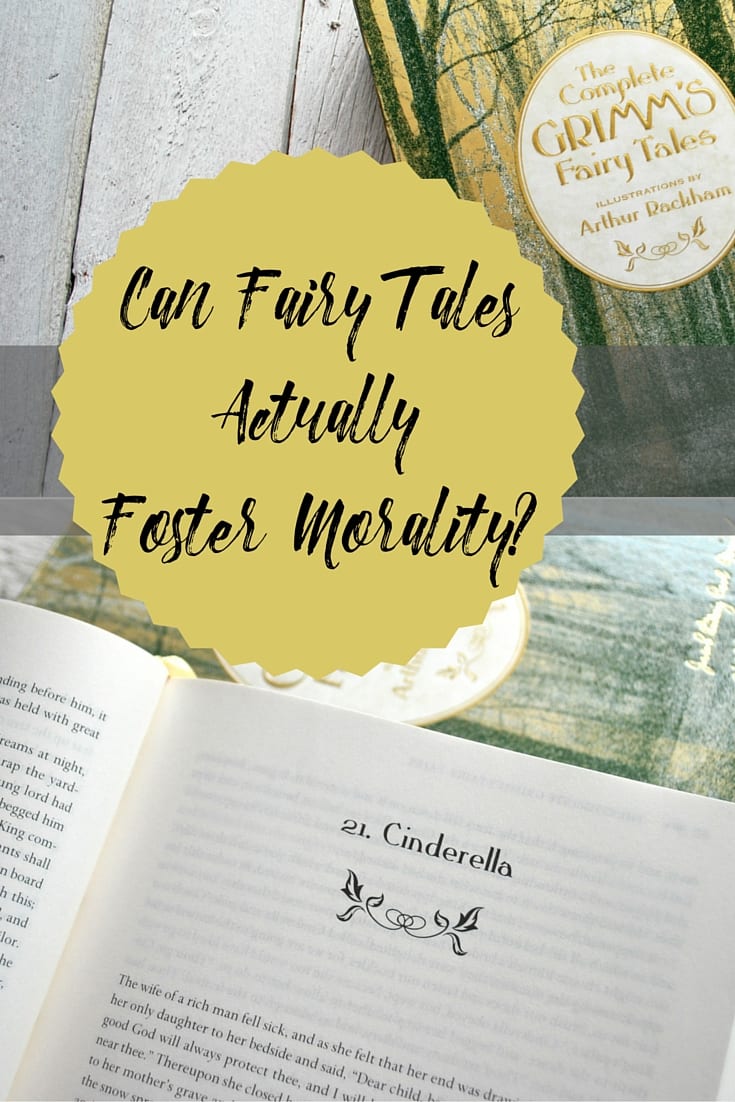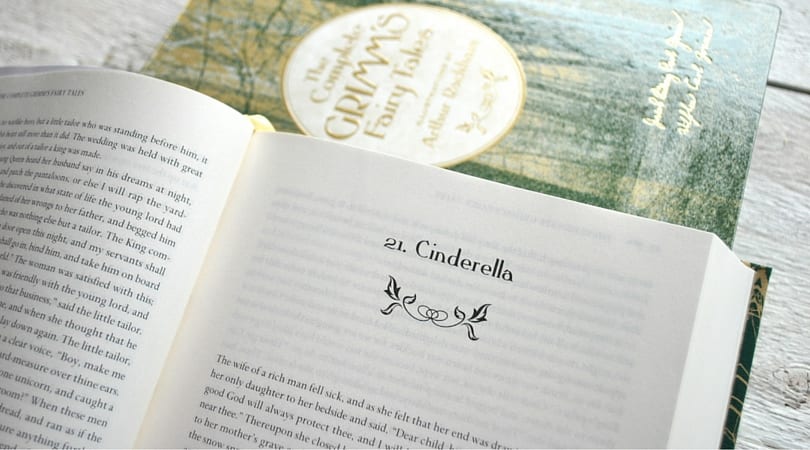Can Fairy Tales Really Foster Morality?
I recently heard Andrew Pudewa speak about Fairy Tales and the Moral Imagination. It was a curious topic for me because I wasn't sure that fairy tales really had anything to do with morals. Can fantasy really cultivate right living in reality?
Why does this idea strike me as so strange? Is it because I've grown up in a system that promotes cynicism and "realism"?
G.K. Chesterton writes of the importance of fairy tales in a chapter from his book Othodoxy titled: The Ethics of Elfland. He points out that fairy tales test the imagination, and introduce magic. Not magic as in witch craft, but wonder. He states:
This world is a wild and startling place, which might have been quite different, but which is quite delightful...[and] before this wildness and delight one may well be modest and submit to the queerest limitations of so queer a kindness.[ref] Chesterton, G. K. Orthodoxy. - Christian Classics Ethereal Library. N.p., n.d. Web. 27 May 2016.[/ref]
I want to wonder and delight in the world through the eyes of a child, and I want my children to be free to imagine acting in ways that are honorable and noble. These ideas will be washed out from the narrative in their souls if we leave all of the story telling to modern media. It's just too loud.

Why Fairy Stories?
J.R.R. Tolkein wrote an essay titled On Fairy Stories which he first presented at the University of St. Andrews in 1939. He explains that fairy-tales are not just about elves and fairies, but are more about the "adventures of men in the Perilous Realm or in its shadowy marches.[ref]Tolkein, J. R.R. On Fairy Stores. UC San Diego. N.p., n.d. Web. 27 May 2016.[/ref]" He argues in his essay that the Christian story is the greatest of all fairy stories, with the greatest eucatastrophe (an impossible situation being resolved in an amazing way) lived out in the life of Christ.
According to Vigen Guroin raising children is not about socialization, but about moral formation[ref]Guroian, Vigen. Tending the Heart of Virtue: How Classic Stories Awaken a Child's Moral Imagination. New York: Oxford UP, 1998. Print. p. 8[/ref]. Fairy tales offer the simple sophistication of stories filled with instruction in right and wrong, good and evil, and brave men and cowards. If we desire for our children's imaginations to grow, they need stories like this that give them examples of the true, the good, and the beautiful.
Four Categories of Stories:
In Oliver DeMille's book A Thomas Jefferson Education, he outlines four different types of stories that really help mentors differentiate between soul nourishing reading, and soul twisting reading.[ref]DeMille, Oliver Van. A Thomas Jefferson Education: Teaching a Generation of Leaders for the Twenty-first Century. Cedar City, UT: George Wythe College, 2006. Print.[/ref]
- The first category is whole stories. This is a story where the good guy is good, and the bad guy is actually bad. Whole books are wonderful because in the end, the good guy wins. (example: Cinderella)
- Next are healing stories. These stories also have good guys that are good, and bad guys that are bad, but the good doesn't always win like you think it should. (example: The Little Mermaid)
- The third category is broken stories. These stories again have good guys that are good, and bad guys that are bad, however, the bad guy wins, thus they're broken. (example: Dr. Jeckel and Mr. Hyde)
- Finally, the last category is bent stories (or Andrew Pudewa calls them twisted stories). These stories portray good as bad, evil or stupid, and evil is really cool. These are dangerous stories to feed the soul upon. (example: Clockwork Orange)
Fairy Tales Resources
If you're looking for a resource to outline some great fairy tales to focus on to foster fascination into fields of mystery, then check out Mitchell Kalpakgain's book The Mysteries of Life in Children's Literature: Books that Inspire a Love of Life.
He does a beautiful job of highlighting different stories and how they relate to inspiring children to love life through the mysteries of:
- life
- wishes
- luck
- goodness
- truth
- beauty
- children
- play
- friendship
- the home
- nature
- Divine Providence
- and stories.
Another excellent resource is Vigen Guroin's book Tending the Heart of Virtue: How Classic Stories Awaken a Child's Moral Imagination. He walks his readers through several different stories, highlighting important aspects of life such as:
- becoming a real human child (Pinocchio),
- love and immortality (The Velveteen Rabbit and The Little Mermaid),
- friends and mentors (The Wind in the Willows, Charlotte's Web, and Bambi),
- evil and redemption (The Snow Queen and The Lion, the Witch, and the Wardrobe),
- and heroines of faith and courage (Princess Irene of The Princess and the Goblin, and Lucy in Prince Caspian).
Anthologies of Fairy Tales
First of all, to truly feast upon the treasury of fairy tales, you have to go back to the original versions, and the Disney versions don't count.
The Grimm's Brothers Fairy Tales include favorites like:
- Rapunzel
- Hansel and Gretel
- Cinderella
- Little Snow White

The Fairy Tales and Stories of Hans Christian Andersen include:
- The Little Mermaid
- The Ugly Duckling
- The Princess and the Pea
- Thumbelina
- The Emperor's New Clothes
These stories enliven the imagination and engage children's senses of wonder, justice, truth, and honor.
Other great resources are:
What is your favorite fairy tale from childhood?
Betsy Strauss is an unexpected homeschooler, mother of three, who is in a relationship with a sweet man for life. She loves reading books, drinking coffee, and learning anything with her kids.









